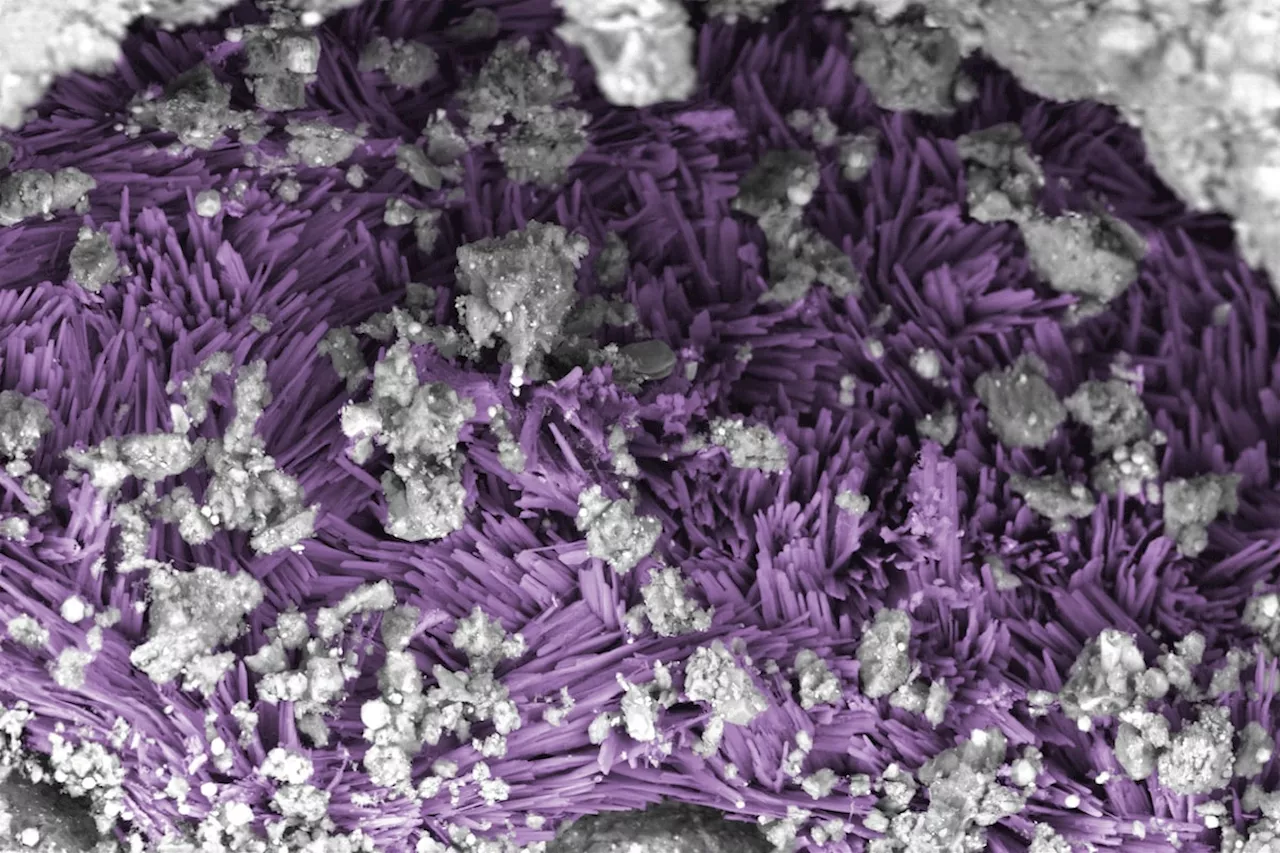Analysis of asteroid Bennu's samples by NASA's OSIRIS-REx mission reveals evidence of ancient salty water, similar to that which may have played a role in the emergence of life on Earth. The findings suggest that the chemistry necessary for life may be more common throughout the solar system.
For Kim Tait, those three words have long defined conditions for asteroids in our solar system – the minor celestial bodies that are the refuse from planetary formation processes long passed. Now Dr. Tait, senior curator of mineralogy at the Royal Ontario Museum in Toronto, is re-evaluating the “dry” part of that description.
New results from NASA’s OSIRIS-REx mission, which returned pieces of an asteroid to Earth 16 months ago, show not only that the material’s parent body was once repeatedly inundated with a watery brine, but that this ancient soak-cycle produced the same molecular building blocks that on Earth led to the emergence of life. “We’re seeing, for the first time, this complete sequence of minerals formed by evaporation of salty, sodium-rich waters outside of Earth,” said Dr. Tait, who is one of more than 70 scientists involved in the work.Researchers identified salt minerals in the Bennu samples that were deposited as a result of brine evaporation from the asteroid’s parent body. In particular, they found a number of sodium salts, such as the needles of hydrated sodium carbonate highlighted in purple in this false-colored image – salts that could easily have been compromised if the samples had been exposed to water in Earth’s atmosphere.In a pair of studies published in the journals Nature and Nature Astronomy, the researchers offer their most comprehensive assessment to date of the Details include the presence of clay and mineral salts, which form when water evaporates and can serve as scaffolding for the production of molecules associated with biological processes on Earth. The water would have been present when the asteroid formed as part of a larger body and where heating by radioactive elements would have supplied the energy to keep water in its liquid form. “We’ve gone from these black rocks that were sitting in a tray to being able to tell what was happening 4.5 billion years ago, and that’s so exciting for us,” Dr. Tait said. During a teleconference with reporters on Wednesday, Daniel Glavin, an astrobiologist with NASA’s Goddard Space Flight Center in Greenbelt, Md., and lead author of the second study, described how he and his colleagues extracted compounds by dissolving some of the asteroid sample to make “Bennu tea.” “We found a really complex soup of organic molecules in this tea,” he said, including 14 out of 20 amino acids used in protein synthesis by living cells on Earth and the five nucleotides that are the building blocks of both DNA and RNA.A top-down view of the OSIRIS-REx Touch-and-Go-Sample-Acquisition-Mechanism (TAGSAM) head with the lid removed, revealing samples of asteroid Bennu inside. The sample material includes dust and rocks up to about 0.4 in (1 cm) in size.Previous work with meteorites suggested that evidence of this kind was there to be found among the asteroids that routinely pass near our planet. But the Bennu sample provides a more pristine window into the organic molecules that were present in the early solar system because it is uncontaminated by exposure to Earth’s atmosphere. The sample also contained a surprise: an equal mix of left- and right-handed versions of the molecules of life. Life on Earth uses only the left-handed form, and molecules found in some meteorites have also shown a bias in that direction. This had led mission scientists to speculate that the left-handed path was pre-selected in space, with the ingredient then transported to Earth’s surface where life subsequently evolved.“These findings present a potential pathway for the formation of pre-biotic life in the outer solar system, independent of life on Earth, but through a similar mechanism,” said Maikel Rheinstadter, a professor of biophysics at McMaster University in Hamilton, who studies the origins of life and was not involved with the analysis.A portion of the asteroid Bennu sample delivered to Earth by NASA's OSIRIS-REx (Origins, Spectral Interpretation, Resource Identification, and Security – Regolith Explorer) mission, set into a microscope slide at the agency's Goddard Space Flight Center in Greenbelt, Md..If so, the same chemical processes that allowed life to emerge on this planet may have been at work elsewhere and in parallel during the initial stages of the solar system’s formation. This raises the possibility that the chemistry of life is still under way in places that future missions may be able to access, such as the interior of the largest asteroid, Ceres, or under the icy crust of Enceladus, a moon of Saturn that has been observed spraying geysers of salty water from deep cracks in its surface. One of the implications of the Bennu result is that “it actually might make the search for life easier in some respects,” Dr. Glavin said. Canadian researchers have a special interest in the asteroid sampl
ASTEROID BENNU OSIRIS-Rex LIFE ORIGINS ORGANIC MOLECULES WATER ON ASTEROIDS
Canada Latest News, Canada Headlines
Similar News:You can also read news stories similar to this one that we have collected from other news sources.
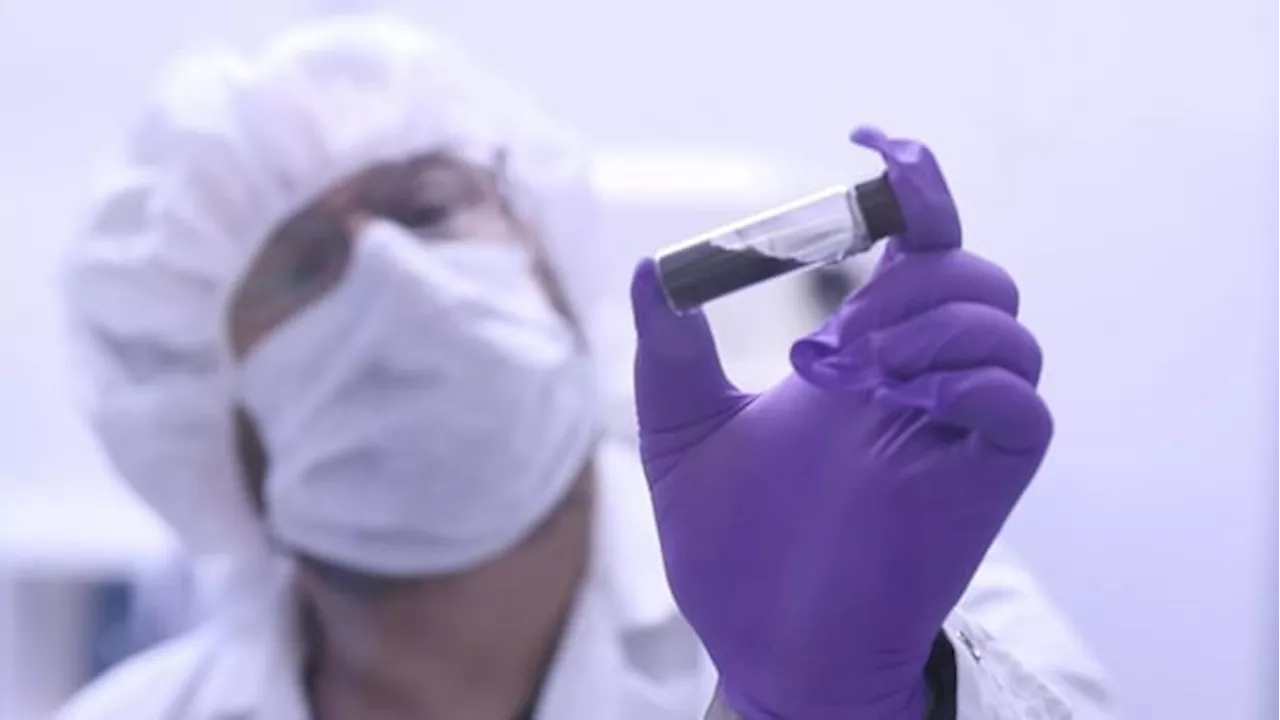 Asteroid Bennu's Secrets: Clues to the Origin of Life on EarthNASA's OSIRIS-REx mission returned samples from asteroid Bennu, revealing key insights into the building blocks of life and the potential for life's delivery to early Earth.
Asteroid Bennu's Secrets: Clues to the Origin of Life on EarthNASA's OSIRIS-REx mission returned samples from asteroid Bennu, revealing key insights into the building blocks of life and the potential for life's delivery to early Earth.
Read more »
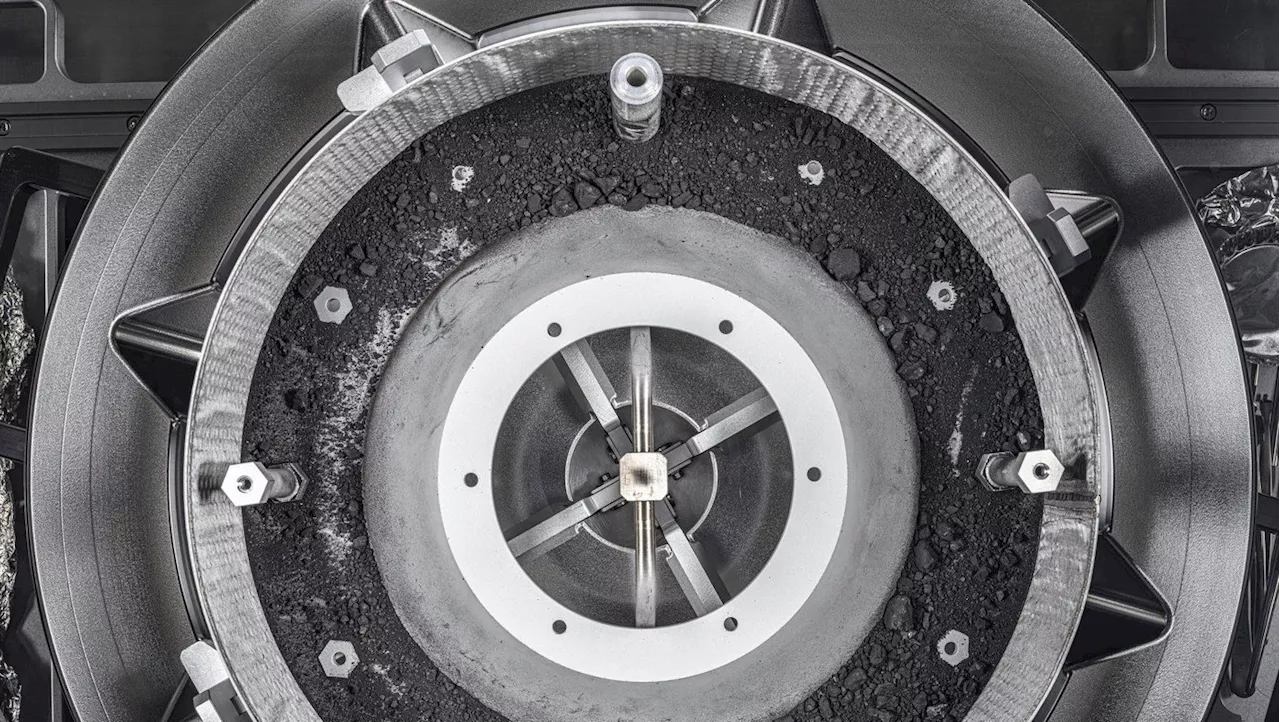 Are we all aliens? NASA’s returned asteroid samples hold the ingredients of life from a watery worldAsteroid samples fetched by NASA hold not only the pristine building blocks for life but also the salty remains of an ancient water world, scientists reported Wednesday.
Are we all aliens? NASA’s returned asteroid samples hold the ingredients of life from a watery worldAsteroid samples fetched by NASA hold not only the pristine building blocks for life but also the salty remains of an ancient water world, scientists reported Wednesday.
Read more »
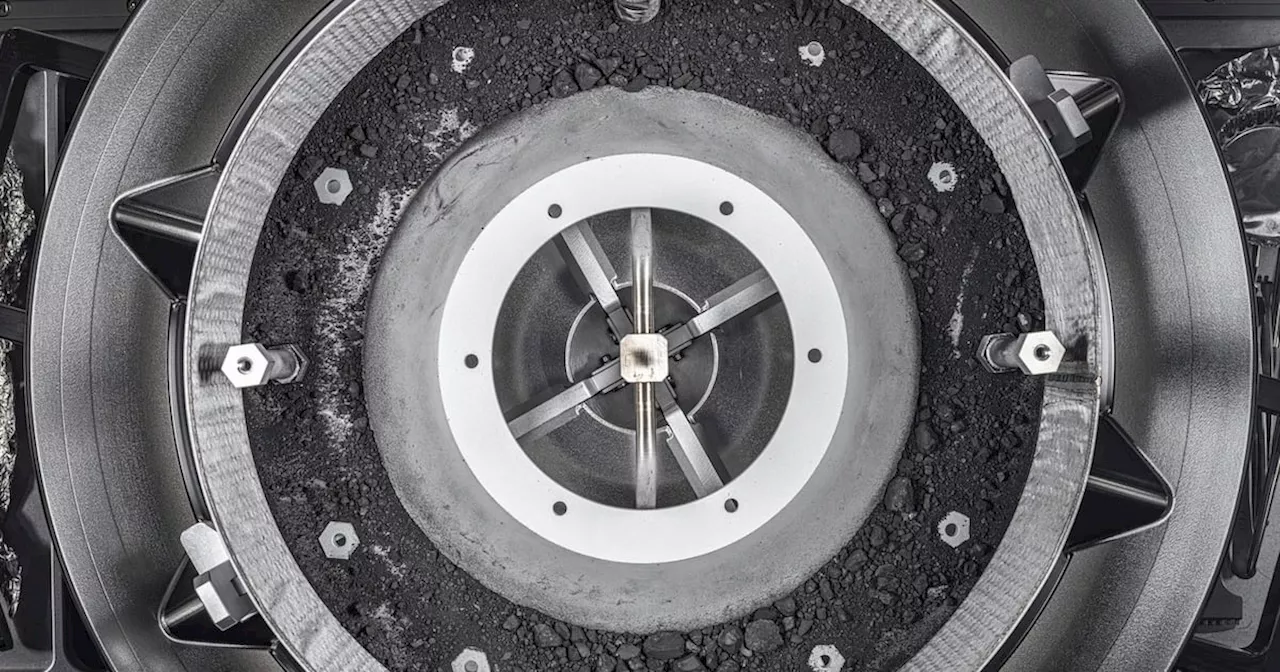 News Roundup: Asteroid Sample, Battery Fires, and Trump Avenue RenameThis news roundup covers a variety of topics including a NASA image of an asteroid sample, fire concerns related to rechargeable batteries in Vancouver, a child pornography warrant in Halifax, and residents in Ottawa considering renaming Trump Avenue.
News Roundup: Asteroid Sample, Battery Fires, and Trump Avenue RenameThis news roundup covers a variety of topics including a NASA image of an asteroid sample, fire concerns related to rechargeable batteries in Vancouver, a child pornography warrant in Halifax, and residents in Ottawa considering renaming Trump Avenue.
Read more »
 Newly spotted asteroid has a tiny chance of hitting Earth in 2032Scientists put the odds of a strike at slightly more than 1 per cent
Newly spotted asteroid has a tiny chance of hitting Earth in 2032Scientists put the odds of a strike at slightly more than 1 per cent
Read more »
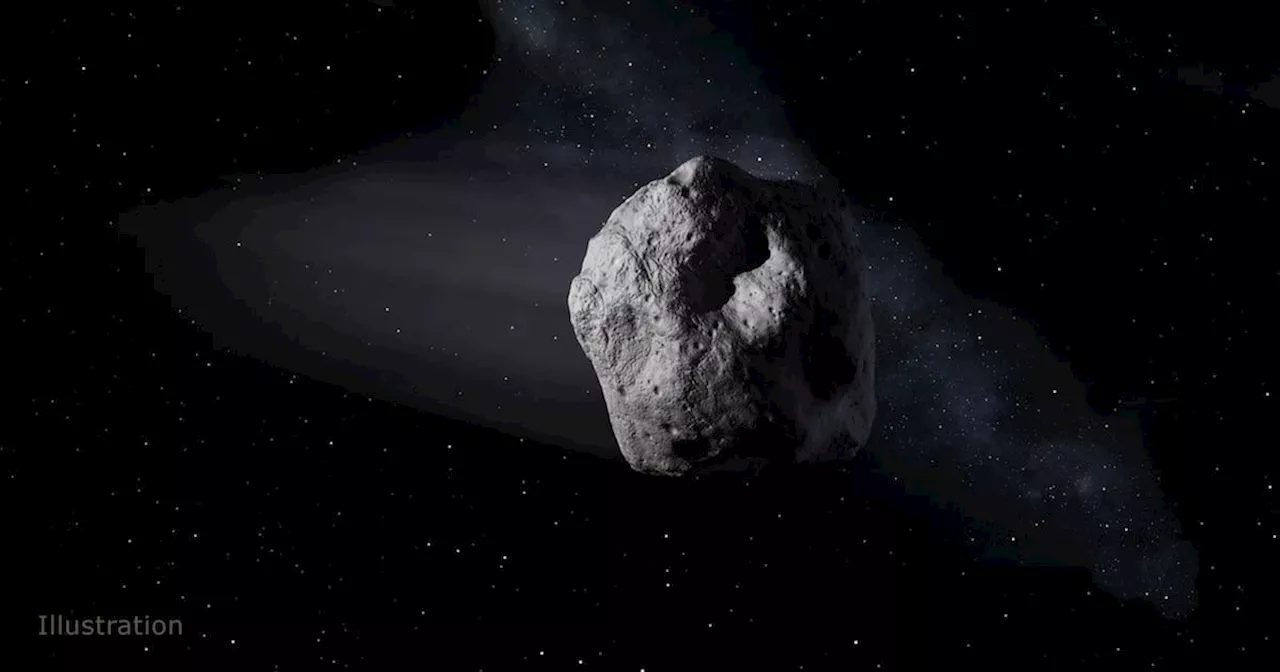 Artist's Illustration Depicts Typical AsteroidAn artist's illustration showcases a typical asteroid, highlighting their origin in the main asteroid belt between Mars and Jupiter, with some being formed from impacts that chipped off parts of the moon's surface.
Artist's Illustration Depicts Typical AsteroidAn artist's illustration showcases a typical asteroid, highlighting their origin in the main asteroid belt between Mars and Jupiter, with some being formed from impacts that chipped off parts of the moon's surface.
Read more »
 Why you’re miserable: We’ve grown too comfortable on the booming riches of ages pastOur growing frustration with our economic future has deep roots, its origins lying in the postwar period now seen as the golden age of the West
Why you’re miserable: We’ve grown too comfortable on the booming riches of ages pastOur growing frustration with our economic future has deep roots, its origins lying in the postwar period now seen as the golden age of the West
Read more »
